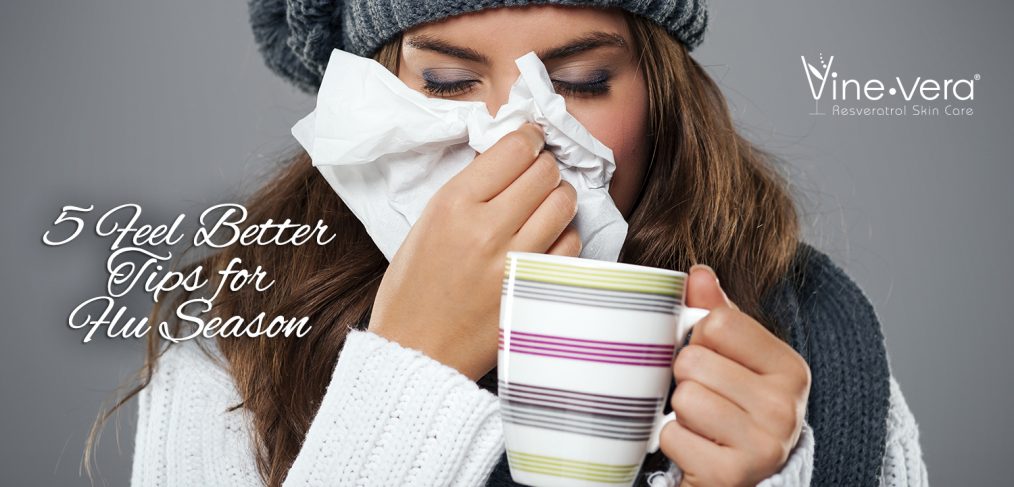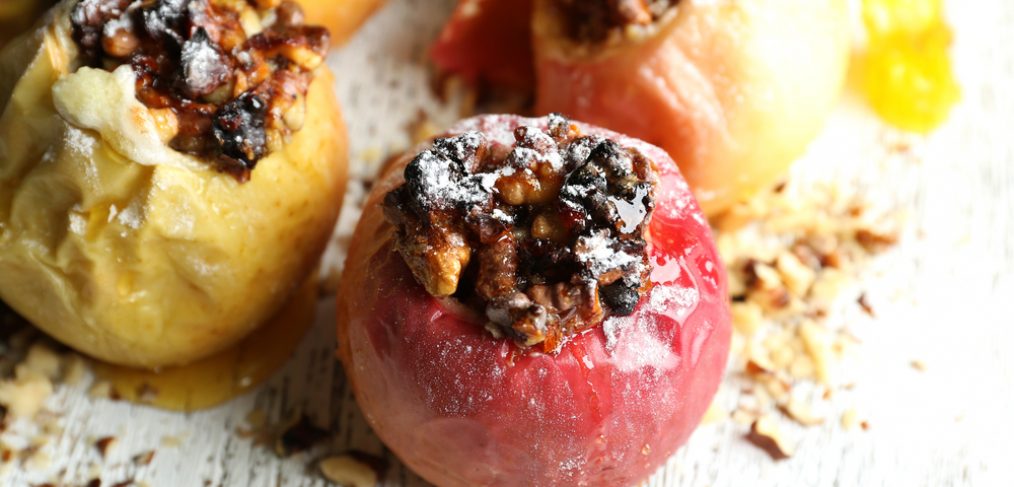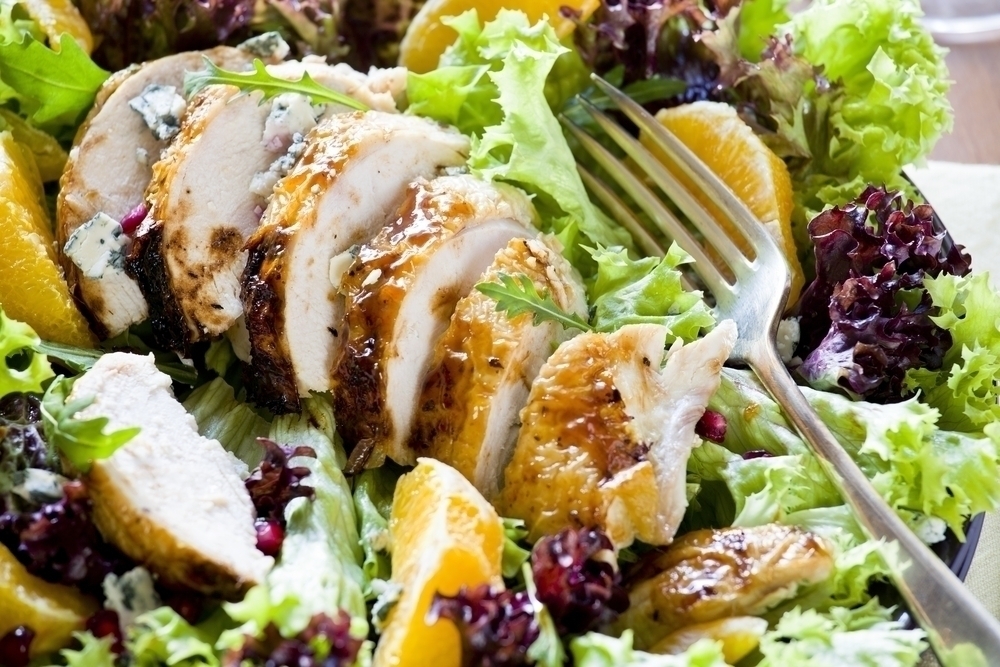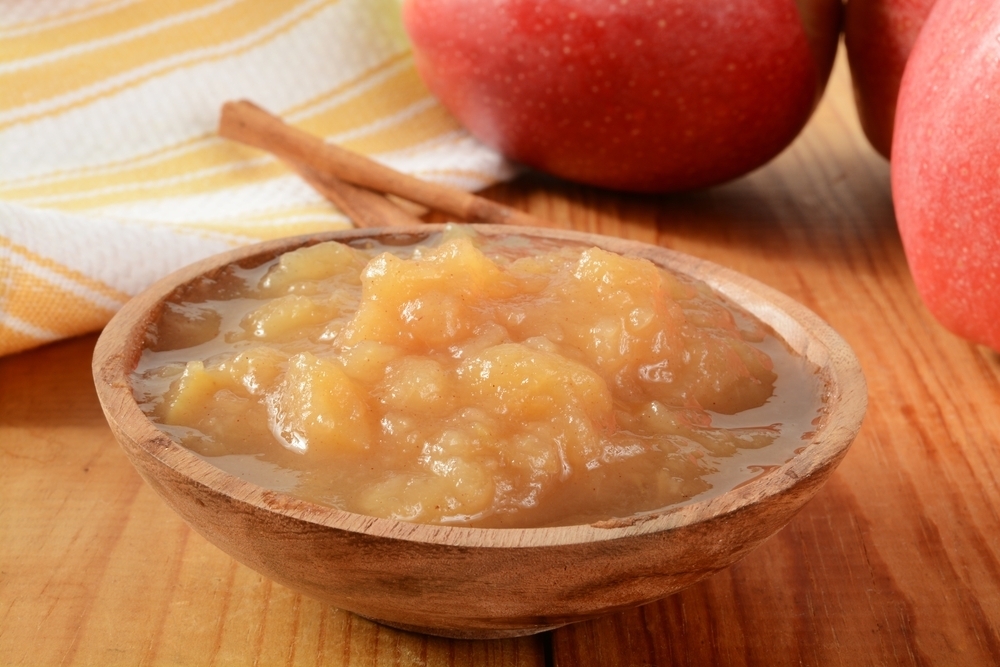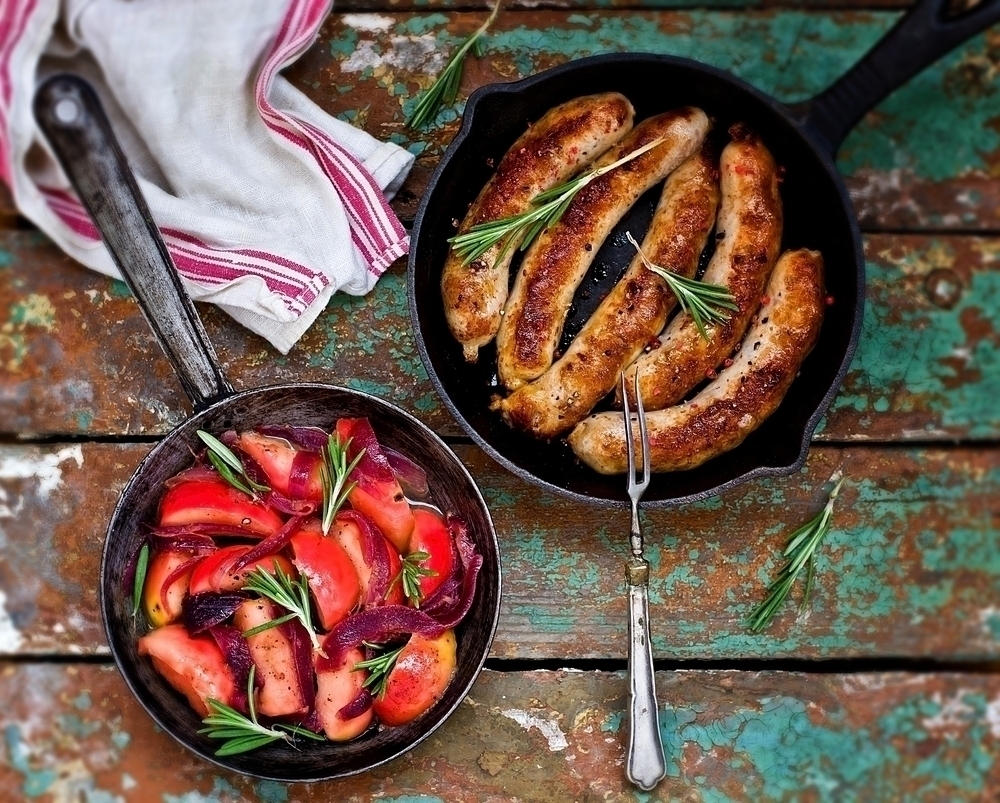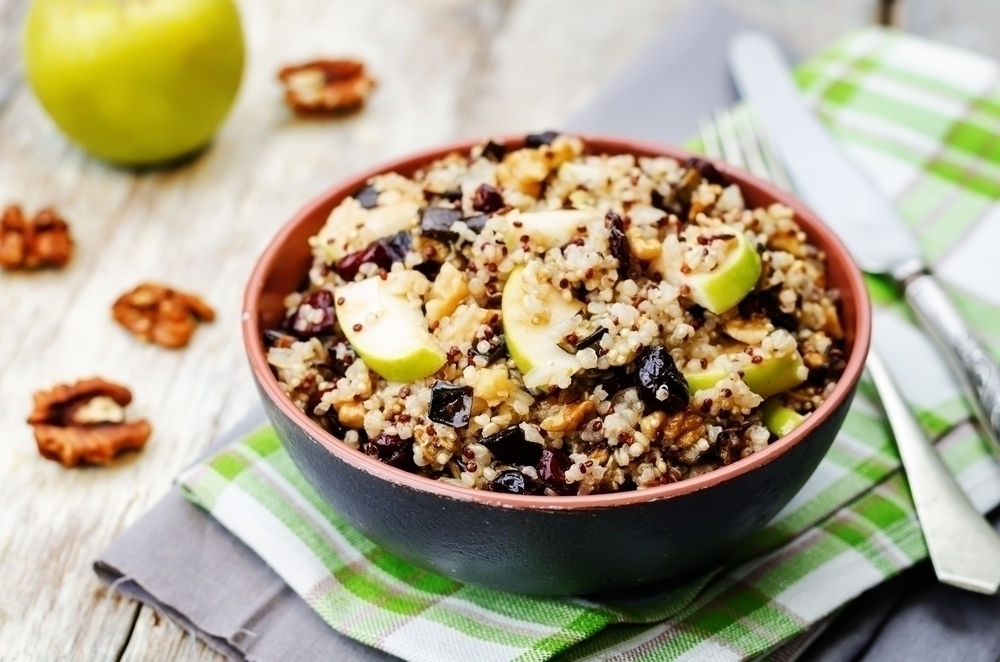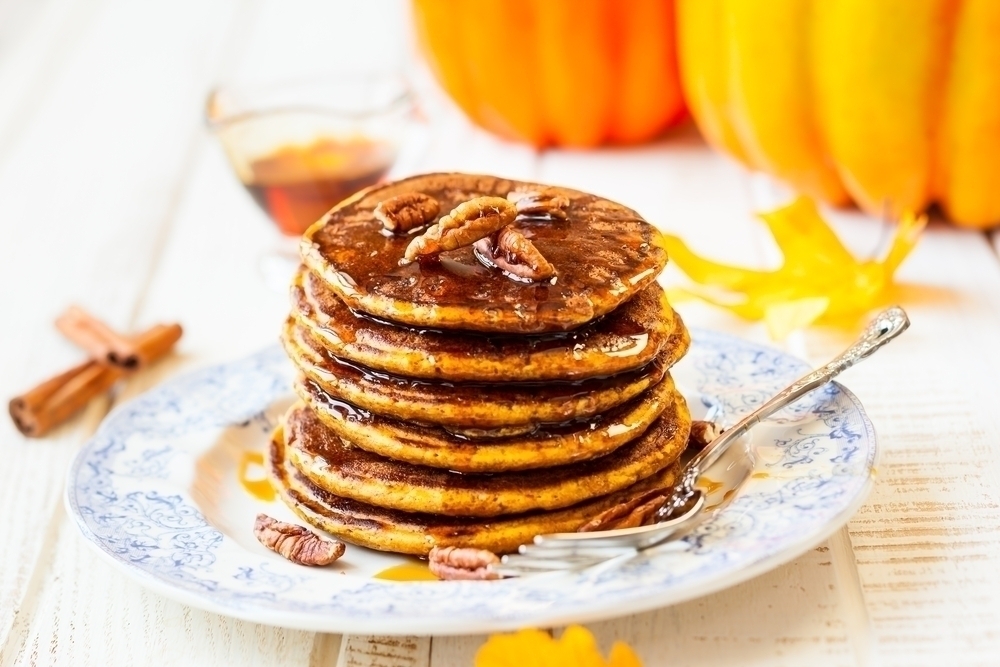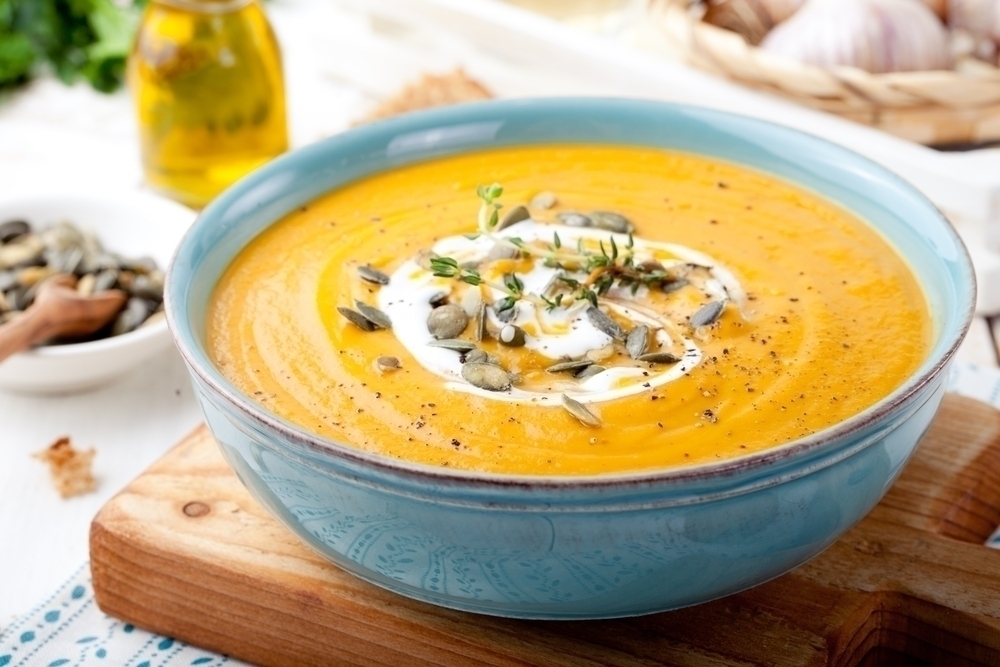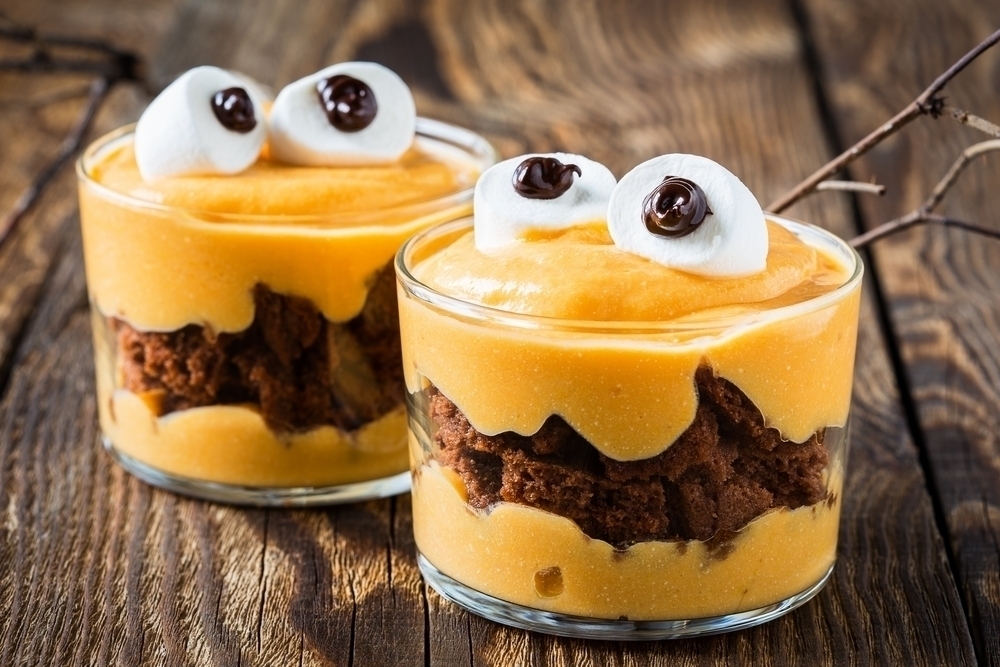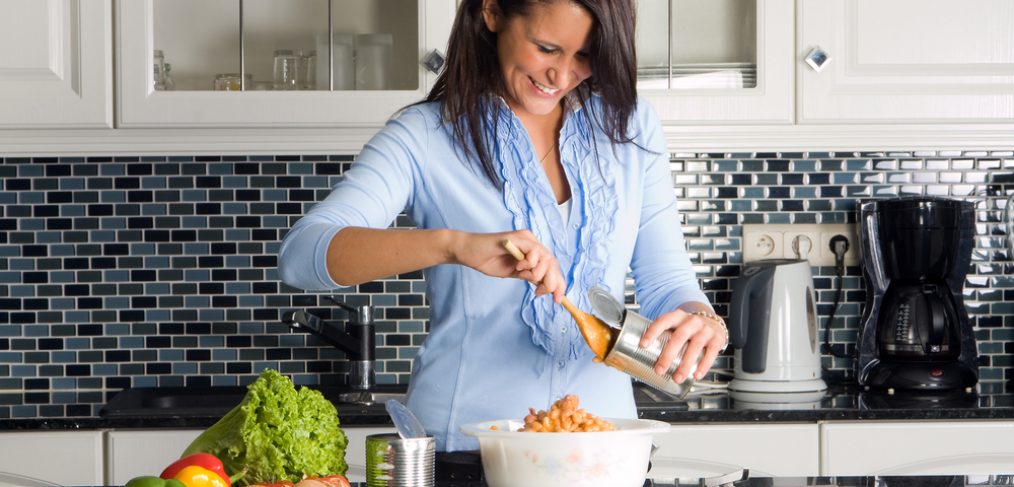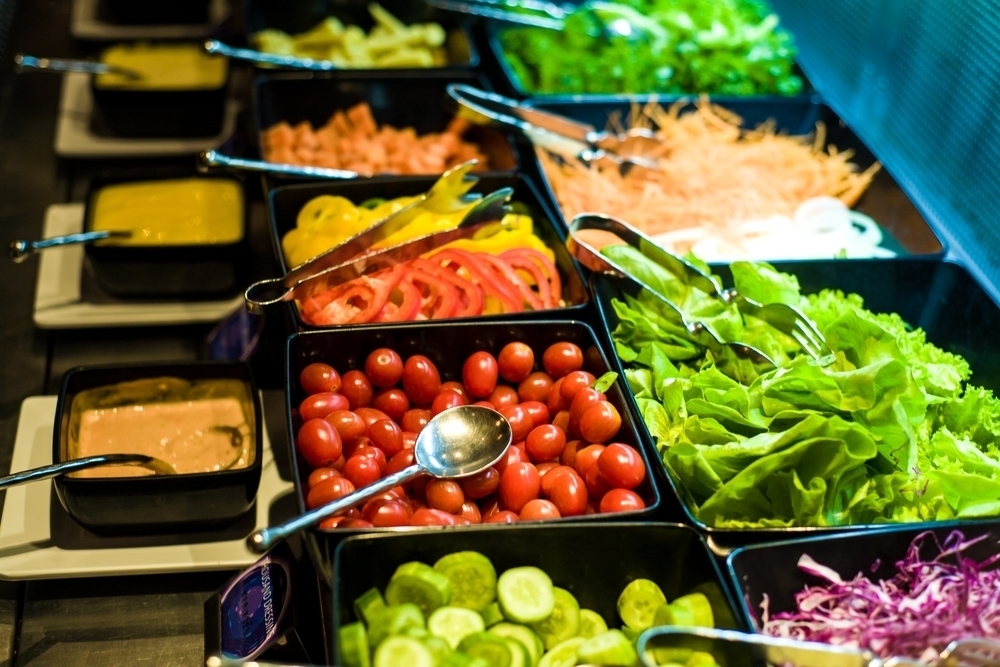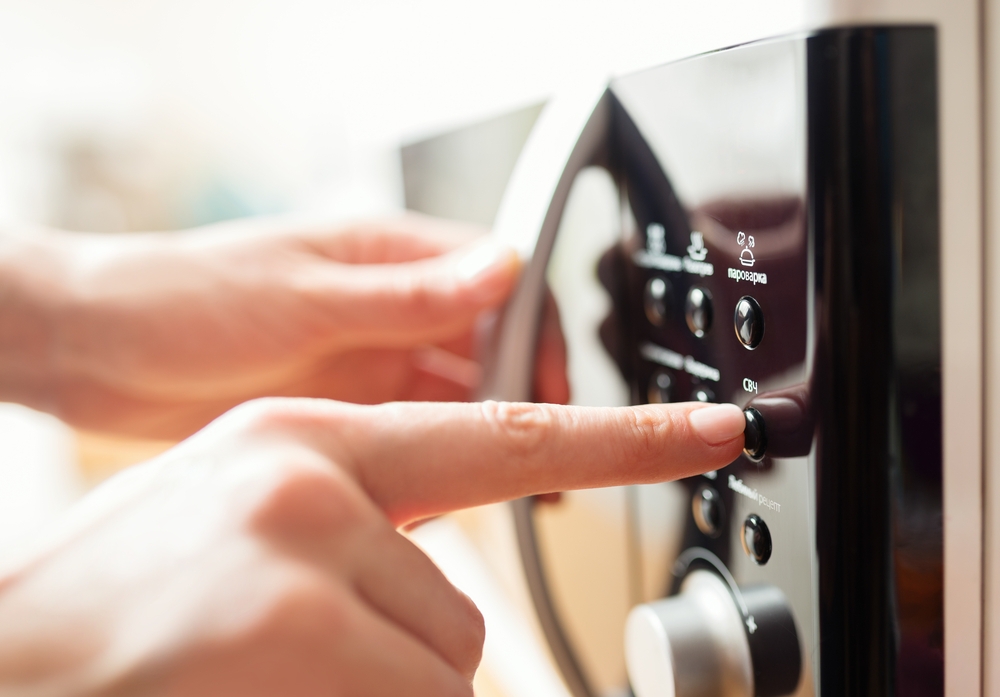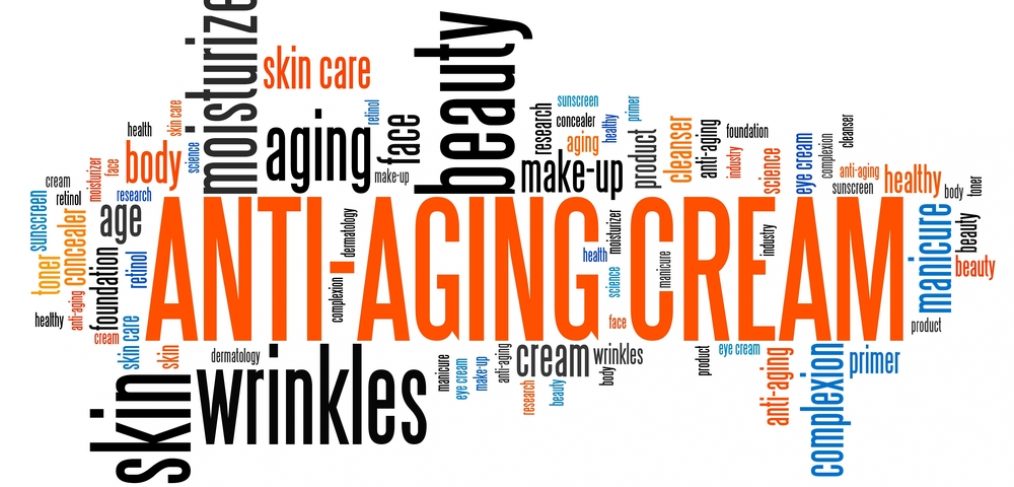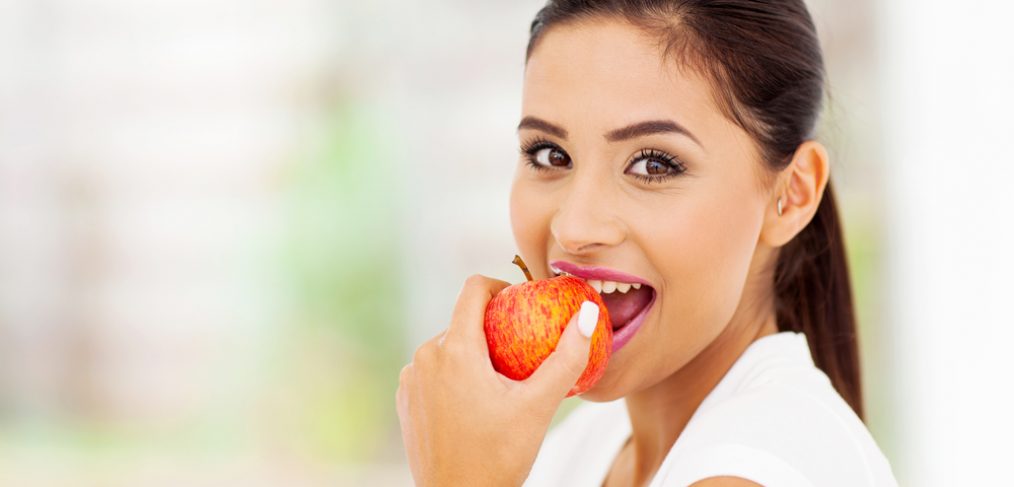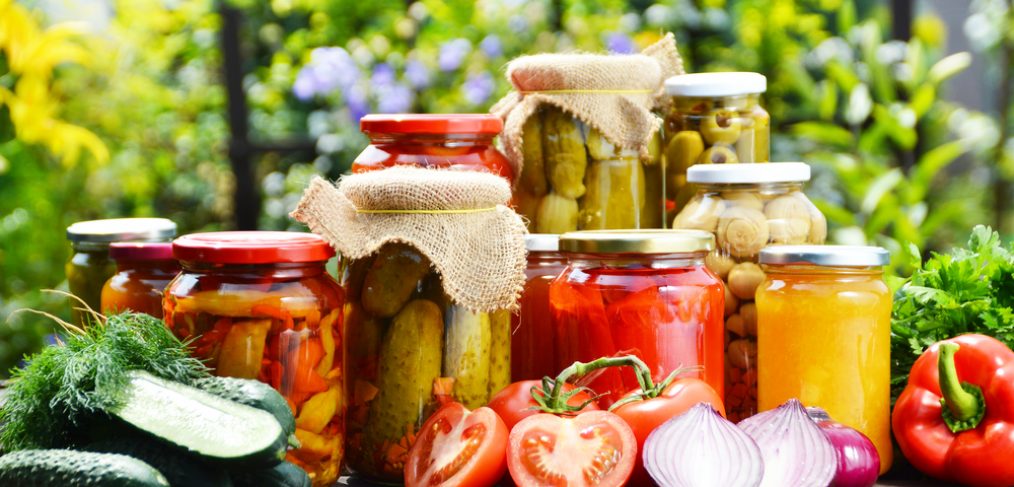If you’ve ever thought to yourself that it will nice to be happy someday, listen up. You don’t have to make happy an abstract goal for your future, you can do things to make yourself happy in the next few minutes. We put together three of the quickest and easiest ways you can instantly improve your mood no matter where you are or what you’re doing.

Head Outside
You know the saying ‘you’re only one workout away from a good mood?’ It’s completely true, but it can be difficult to increase physical activity during periods of depression or great stress. Even if you don’t have added feelings of lethargy from depression, it can be difficult to find time for a workout in the middle of your workday when you find yourself stressed and anxious. Taking a brisk walk can significantly boost your mood and energy levels, and venturing outside for your walk is even more beneficial. Research points to the fact that sunlight stimulates chemicals in your brain that help improve your mood. You don’t have to spend your entire lunch hour outside working up a sweat, just a 10-minute brisk walk is all you need to feel reinvigorated. And if you absolutely can’t get outside due to location or weather, spend some time roaming the office halls or walking the stairs for a quick burst of energy.
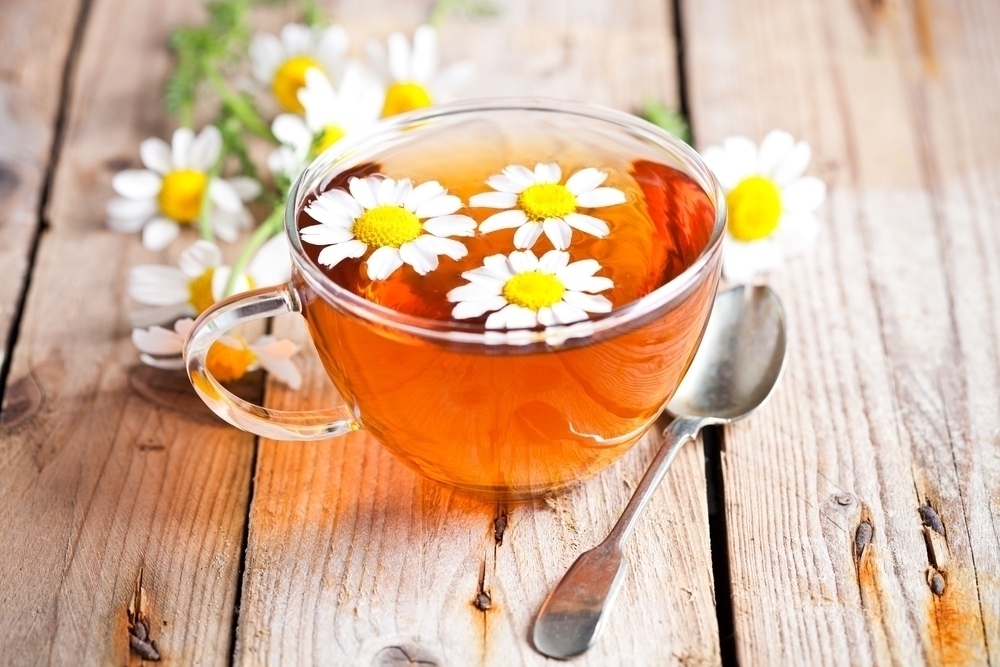
Drink Chamomile Tea
Chamomile tea has long been a bedtime remedy for those who have trouble falling asleep and recent studies show that drinking this tea really is effective at reducing anxiety or feelings of stress. In a study conducted by the University of Pennsylvania, 57 participants who had been diagnosed with generalized anxiety disorder were given chamomile supplements for a period of eight weeks. The results were a significant drop in anxiety levels and increased feelings of calm. Research from the University of Maryland Medical Center suggests that in addition to promoting calm, chamomile tea can promote sleep. Drink a cup of chamomile tea after a hectic work meeting in the afternoon or at the end of the day to promote peaceful, calm feelings or to really unwind, turn off your electronic devices (yes, including the TV and your cell phone) and enjoy a cup nightly with a book or your favorite music playing. This helps create a ritual that your body associates with feelings of rest and relaxation.
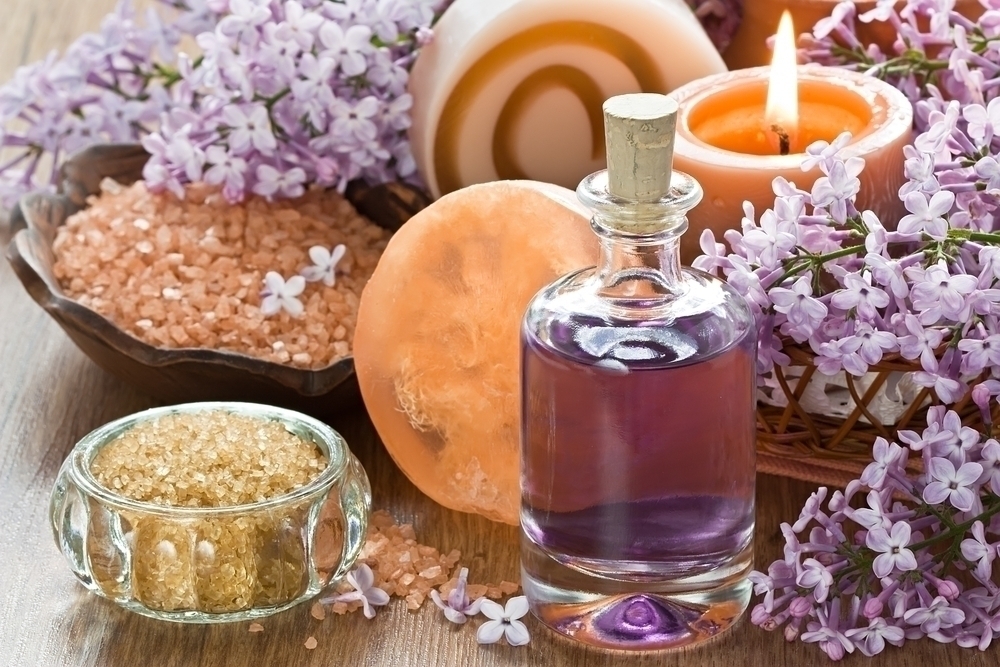
Use Aromatherapy
For centuries, aromatherapy and essential oils have been used to address a vast number of concerns that include soothing ailments both physical and mental. The next time your mood declining, try one of the following essential oils. Lemon is particularly helpful when you are feeling angry, anxious or rundown and exhausted because it promotes concentration in addition to containing calming and clarifying properties. If you’re feeling sad or depressed, try jasmine. Jasmine, like lemon, also has a soothing effect, but it also helps lift your mood by increasing optimism, energy levels and confidence. When you need to really unwind and relax, reach for lavender because lavender soothes nerves, relieves nervous tension and can help control depression. One of our lifestyle partners, 21 Drops, features incredible, unique blends of essential oils in a fun and convenient packaging so you can take your essential oils with you wherever you go and not have to worry about spills or bulky glass containers.
It would be amazing to be calm, happy and energetic all the time, but that just isn’t very realistic. That doesn’t mean, however, that you have to just muddle through feelings of anxiety or depression. These three tips help you to instantly improve your mood, helping you to tackle stress and negativity in a positive way.




